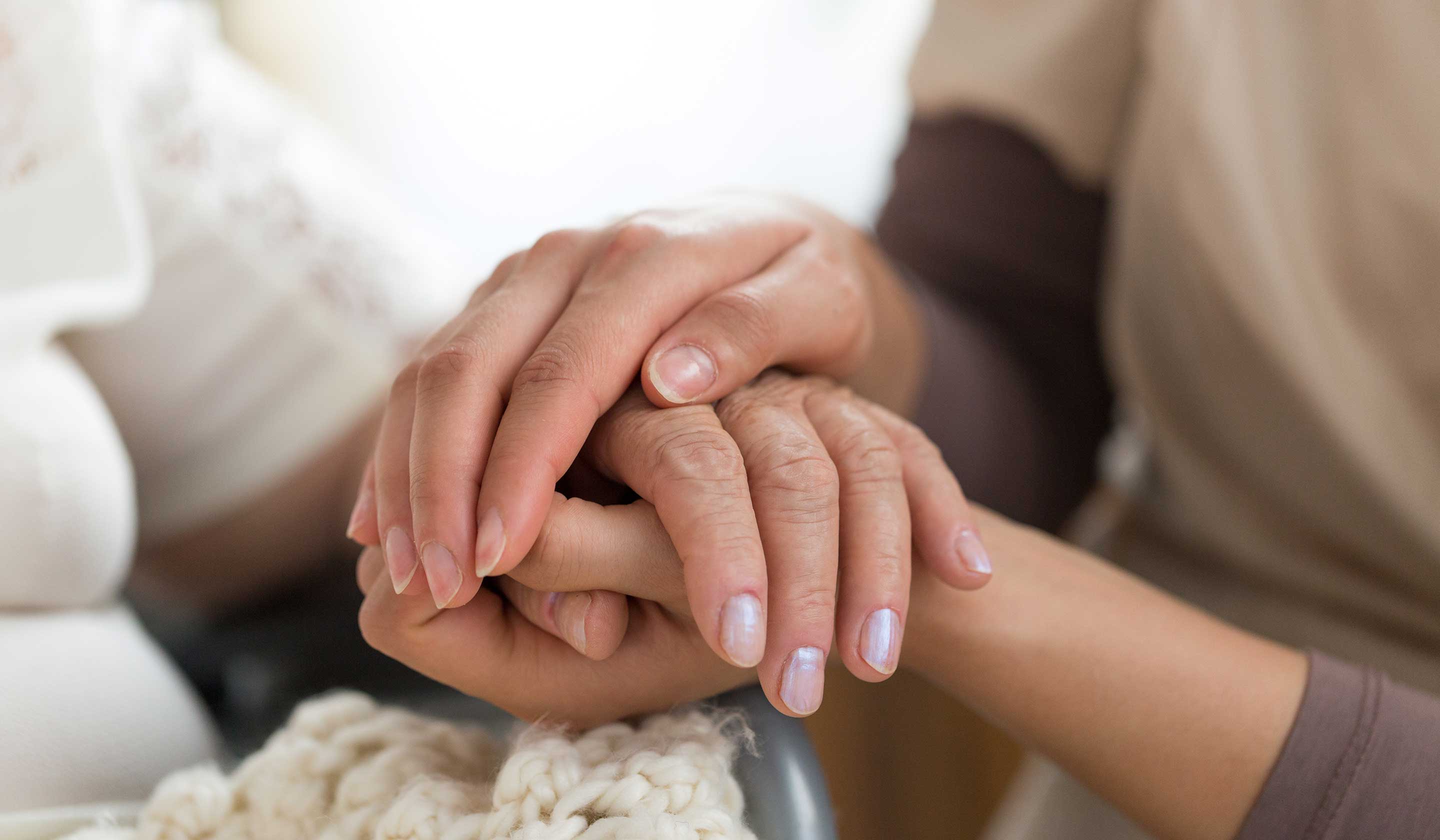Press Release: Hospice Dynamix & BetterRX
BetterRX and Hospice Dynamix Announce Strategic Integration Partnership to Optimize Medication Ordering for Hospice Agencies SALT LAKE CITY, UT -...

Let’s clear something up right from the start: choosing hospice care, and the medications that come with it, isn’t about giving up. It’s about choosing comfort. It’s about choosing time spent at home instead of the hospital, conversations instead of side effects, and quality of life when every day counts.
But the myth persists. Families often hear the word “hospice” and picture silence, surrender, and medicine cabinets emptied out in surrender. The reality couldn’t be more different. Hospice meds are about relieving pain, easing distress, and offering peace of mind for patients and the people who love them.
When we talk about hospice medications, we’re referring to a group of essential medicines prescribed to manage the most common end-of-life symptoms. Things like pain, anxiety, nausea, shortness of breath, and terminal secretions. These aren’t random choices—they’re based on decades of research, clinical experience, and best practices from organizations like the National Institutes of Health and the American Academy of Hospice and Palliative Medicine.
Most patients receiving hospice care are prescribed a comfort kit (sometimes called an emergency kit or comfort pack). These kits typically include medications that treat symptoms quickly and are safe for use at home. The idea is to have them on hand before symptoms escalate, especially in the final days of life.
While each patient's needs are unique, there are four commonly prescribed drugs that make up the backbone of hospice care:
These medicines, when used appropriately, are not about speeding things up, they’re about slowing things down, gently and respectfully.
No. And we wish more people knew that.
Patients with cancer, heart failure, advanced dementia, and other serious illnesses often reach a point where treatment causes more harm than help. That’s when the conversation shifts. Hospice doesn’t step in to take away hope. It helps people redefine it.
Hope for a pain-free day. Hope to stay at home. Hope to be surrounded by familiar voices, not beeping monitors
One of the most persistent fears about hospice medications is that they’ll knock patients out or hasten death. But the science, and our experience, say otherwise. The goal is comfort, not sedation. Meds are adjusted carefully, based on symptoms. Patients can and do stay alert enough to engage with family, share stories, and live meaningfully in their final weeks and days.
We also hear this: “Can patients choose which medications they want to take?”
Absolutely. Autonomy matters. Patients have a say in every step of care, including what they take, when, and how. That includes declining medications if they don’t feel necessary or if side effects become an issue.
Yes, hospice meds, like any medications, can cause adverse effects. Dry mouth, constipation, or dizziness are common, especially in older adults. But hospice teams are experts in symptom management. Their job isn’t just to prescribe but to watch, adjust, and work with patients and families to ensure comfort without unnecessary burden.
Every decision is a balance: what helps more than it hurts, what brings relief without robbing the patient of their awareness or dignity.
Here’s another myth worth busting: hospice care is not a one-way door.
Patients can leave hospice at any time. If they want to pursue curative treatments again, they can. If their condition stabilizes or improves, they can be re-evaluated. The idea that starting hospice means you're signing off from the world is simply not true.
Hospice is care. Thoughtful, skilled, human-centered care that meets people where they are.
Families often ask what to expect in the last stretch of time. It’s not easy to talk about, but it’s important. Hospice teams prepare caregivers to look for:
Hospice meds help manage these signs—not by masking them, but by easing their impact.
Hospice medications are chosen with different goals in mind. In a hospital, drugs are often used to fix or fight. In hospice, they’re used to soothe. There’s a shift in purpose from cure to care. And that shift makes all the difference for patients receiving hospice support.
Hospice isn’t about endings. It’s about how we care in life’s most tender moments. And the medications used in hospice are tools that bring relief, dignity, and peace.
If you’re a hospice leader looking to better support patients and families through thoughtful, streamlined med management, the right tools matter. At BetterRX, we’re here to help you simplify prescribing, reduce delays, and ensure comfort comes first.
Want to see how modern, hospice-focused hospice technology software can improve your team’s workflow and patient experience? Let’s talk.
About BetterRX
 BetterRX's mission is to radically change patient care by ending medication delays that cause needless suffering. BetterRX offers efficient ordering technology, medication tracking, real-time PPD & cost alerts, and committed local pharmacies. Learn more about BetterRX, our ConnectedRX technology, what makes us Better than a PBM, and our Pharmacy partnerships.
BetterRX's mission is to radically change patient care by ending medication delays that cause needless suffering. BetterRX offers efficient ordering technology, medication tracking, real-time PPD & cost alerts, and committed local pharmacies. Learn more about BetterRX, our ConnectedRX technology, what makes us Better than a PBM, and our Pharmacy partnerships.
.png)
BetterRX and Hospice Dynamix Announce Strategic Integration Partnership to Optimize Medication Ordering for Hospice Agencies SALT LAKE CITY, UT -...

When it comes to hospice care, leaders are at the forefront of pioneering change. Asthe Director of Nursing, Director of Clinical Services, or...

1 min read
When you’re in the business of comfort, every second counts. In hospice care, delays aren’t just inconvenient, they’re unacceptable. When it comes to...